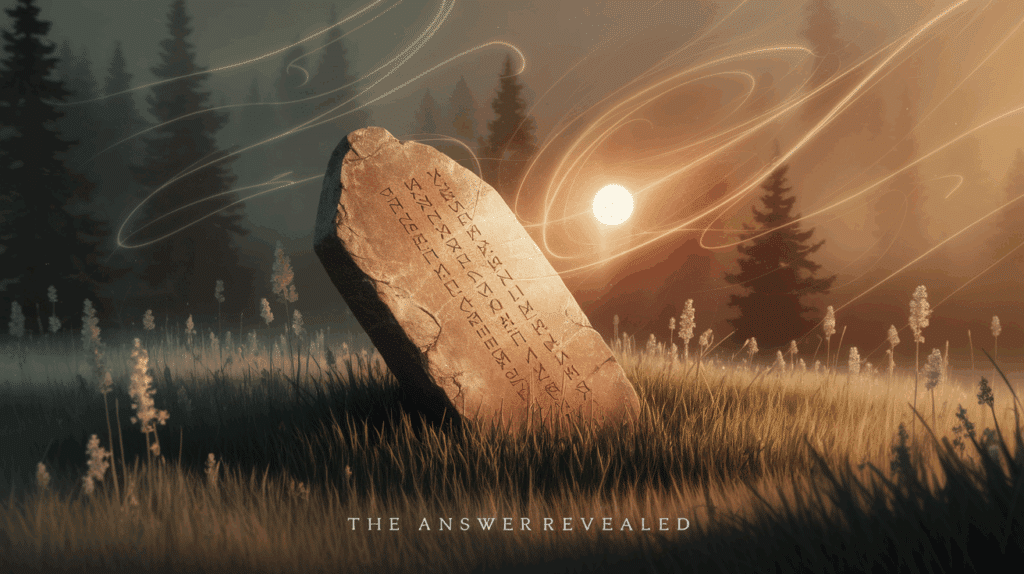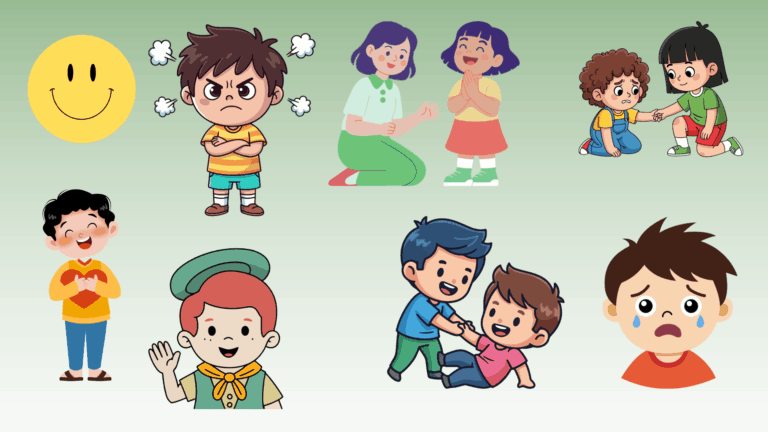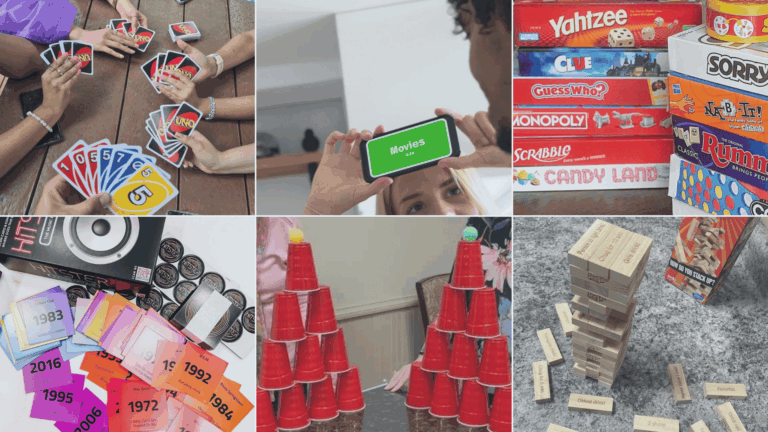Puzzles make your brain work in weird ways. They trick you. We bet you’re thinking about jewelry right now. That shiny diamond on your aunt’s finger or the gold band your parents wear.
But what if we told you there’s something else with rings that has nothing to do with fingers?
This riddle has stumped people at dinner parties and family gatherings for years. It seems simple, yet the answer isn’t what most folks guess at first.
Ready for a brain teaser that’s both fun and a bit sneaky? The answer might be sitting in your house right now, or you might see it every day without noticing its rings.
Let’s crack this mystery together and find out what common object has many rings but no fingers.
The Answer: Why is “a Telephone” the Most Common Answer?
Old telephones are the most popular answer to the riddle “what has many rings but no fingers?”.Let me explain why this makes perfect sense!
What Makes Telephones The Perfect Answer
When someone calls you on the phone, it makes a ringing sound. The phone rings many times until you pick it up. While the phone can ring, it doesn’t have any fingers!
This clever wordplay is why telephones work so well as the answer. The riddle uses “rings” in two different ways:
- The ringing sound a phone makes
- Rings that go on fingers (like jewelry)
Older rotary phones had a dial with finger holes. You would put your finger in these holes to spin the dial and make a call. So these phones had spots for your fingers, but no fingers of their own!
Other Good Answers
While telephones are the most common answer, these also work:
- Tree trunks (they have growth rings inside)
- Saturn (the planet with rings around it)
- A keyring (holds many rings for keys)
- A chain (made of connected rings)
Similar Riddles: Expand with Related Riddles for More Engagement

- What has many rings but no fingers? – A telephone
- What has a thumb but no fingers? – A glove
- What has keys but can’t open locks? – A piano
- What has legs but doesn’t walk? – A table
- What has a face but no eyes? – A clock
- What has hands but can’t clap? – A clock
- What has a head but no body? – A coin
- What has a neck but no head? – A bottle
- What has a tail but no body? – A coin
- What has teeth but can’t bite? – A comb
- What can travel around the world while staying in the corner? – A stamp
- What has a bed but never sleeps? – A river
- What can you catch but not throw? – A cold
- What has no legs but can run? – Water
- What has an eye but cannot see? – A needle
- What has a mouth but doesn’t speak? – A river
- What has many keys but can’t open any doors? – A keyboard
- What has a heart but no organs? – An artichoke
- What has a top but never goes up? – A bottle
- What has a head but doesn’t think? – A cabbage
- What has a tongue but cannot taste? – A shoe
- What has a shell but isn’t a snail? – A phone
- What gets wetter as it dries? – A towel
- What has a spine but no bones? – A book
- What is full of holes but still holds a lot of weight? – A net
- What can be cracked, made, told, and played? – A joke
- What can you break without touching? – A promise
Historical Context: The Origins of The Riddle

The riddle “What has many rings but no fingers?” is a fun and puzzling question that has stood the test of time.
But where did it come from?
Riddles have been around for thousands of years, with some of the earliest examples appearing in ancient civilizations like Egypt, Greece, and Mesopotamia. In fact, riddles were part of oral traditions and were used not just for entertainment but also for teaching.
Ancient riddles were often found in religious texts, literature, and even used by philosophers to challenge people’s thinking. The style of riddle we see in “What has many rings but no fingers?” belongs to the category of object riddles.
These are riddles where the answer is an everyday object, but the description is puzzling. This type of riddle gained particular popularity during the 19th and 20th centuries.
Interesting Facts About Riddles and Their Origins
-
Ancient Origins: Riddles have existed for thousands of years, with the first recorded examples found in ancient Sumer (modern-day Iraq), and also in ancient Egypt and Greece.
-
Riddles in Mythology: In Greek mythology, the Sphinx used riddles to challenge travelers. Those who failed to answer correctly were devoured.
-
Riddles in Ancient Literature: “Beowulf”, the Old English epic, features riddles, and Shakespeare included riddles in his plays to engage the audience or challenge characters.
-
Riddles as Teaching Tools: In ancient cultures, riddles were used as educational tools to promote critical thinking, logic, and reasoning, with ancient Greek riddle masters teaching students how to craft riddles.
-
The Role of Riddles in Folklore: Riddles were integral to oral traditions and folklore, passed down through generations to teach moral lessons, explain nature, or simply entertain people during social gatherings.
-
Riddles and the Mind: Solving riddles enhances problem-solving skills, boosts creativity, and improves mental agility, making them a great exercise for the brain.
-
Modern Riddles and Technology: In the digital age, riddles continue to thrive on platforms like YouTube, TikTok, and Instagram, where they are shared in viral videos and trivia challenges, bringing people together for fun and mental exercise.
Riddles are timeless, bridging the gap between ancient cultures and modern-day entertainment, continually engaging and challenging people of all ages.
The Bottom Line
Riddles like “what has many rings but no fingers?” show us how language can be both fun and tricky.
These word puzzles do more than just entertain – they encourage creative thinking and help us see connections between different meanings of the same word.
Next time you come across a challenging riddle, try thinking beyond the obvious interpretation. The answer often lies in looking at words from a completely different angle.
Did you guess the telephone right away, or did another ringed object come to mind? Share your thoughts in the comments below! And if you know another clever riddle, pass it along, keeping this ancient tradition of brain teasers alive.


















